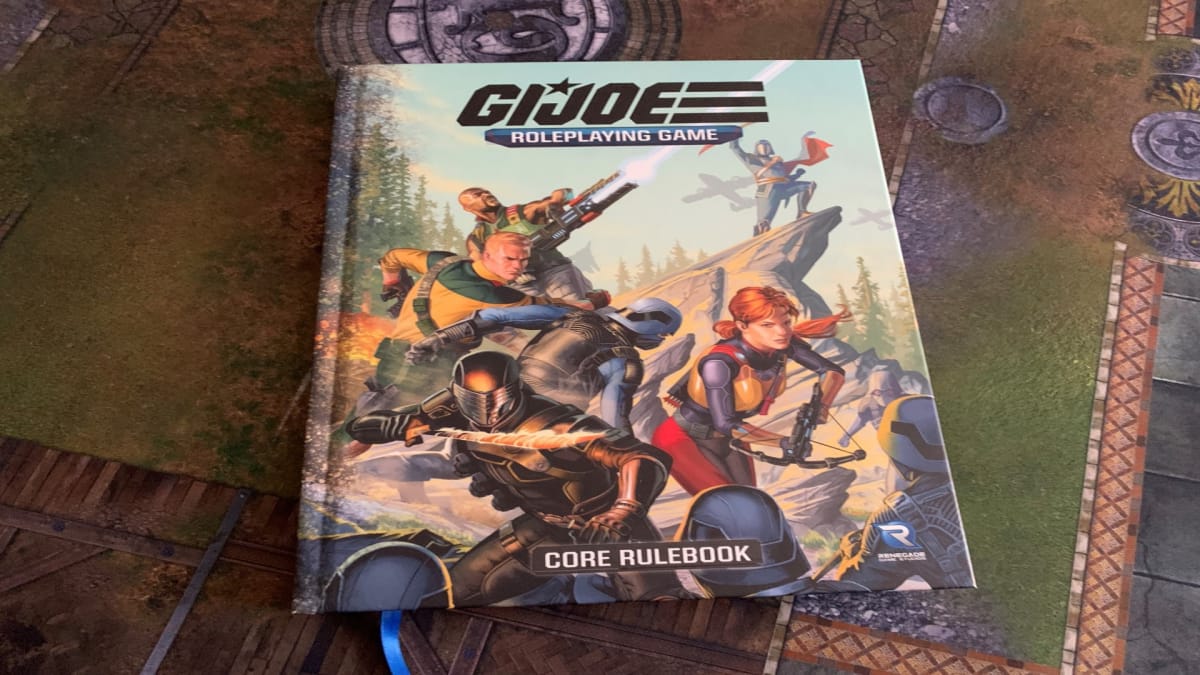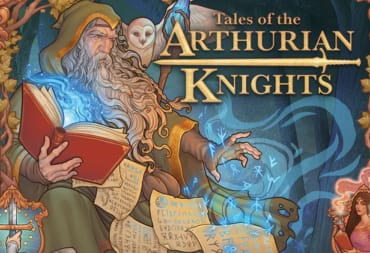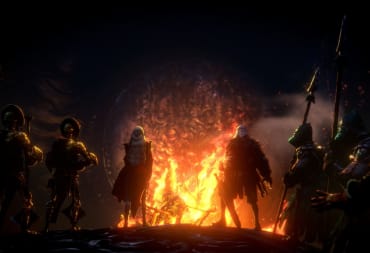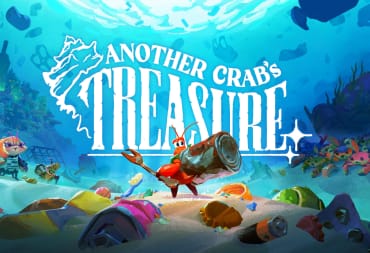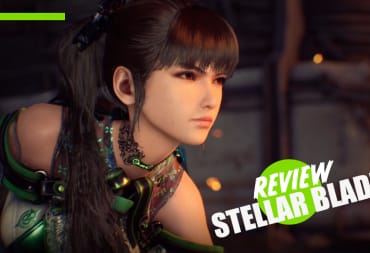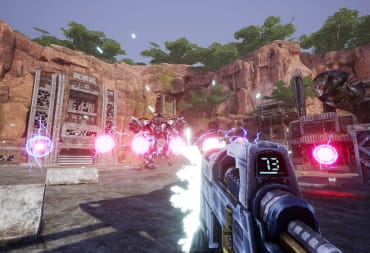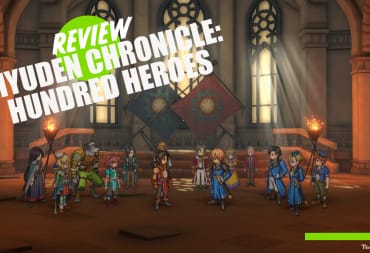GI Joe: The Roleplaying Game treads a fine line as an adaptation. The action figure toyline turned sci-fi espionage thriller goes back and forth between the fantastic and the believable at a moment's notice. A group of elite soldiers and commandos using military tactics against ninjas and robots is just another day at the office. And it's a balancing act this TTRPG pulls off with aplomb.
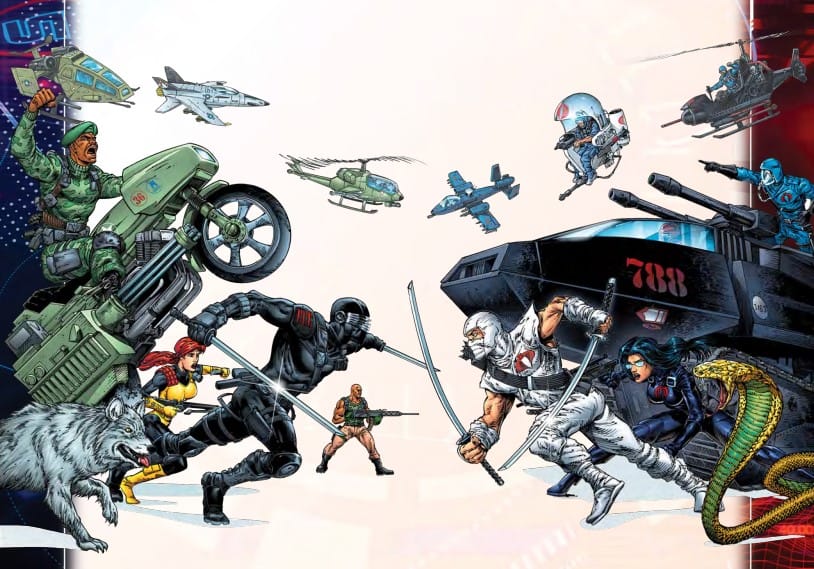
How Does GI Joe: The Roleplaying Game Feel To Play?
Renegade Game Studios' Essence20 system shines in GI Joe: The Roleplaying Game. The fundamentals are still sound, you roll increasingly higher faces of dice alongside a d20 for ability checks rather than static increases of numbers with situational modifiers changing those faces accordingly.
But what the developers managed was to make the upshifting and downshifting of dice feel natural. You roll to hit a trooper with your laser pistol while he's in cover with a d8 in Targeting? He's in partial cover so you down shift twice to a d4. Do you set up your sniper rifle, go prone to brace your shot and take your time to aim at an unaware target in the open with the same skill? You upshift twice, once for being prone and again for aiming, up to a d12. It's simple, it's understandable, and it adds just the right level of complexity to a game that could have gone too far into pedantry.
This extends to vehicle combat as well. GI Joe is a franchise known for its ridiculously toyetic vehicles, and plenty of the classics are touched upon here. There are rules for ramming, crashing, fall damage if your parachute fails to deploy, as well as powerful rockets and mounted machine guns to keep combat interesting.
Which does lead me to what helps GI Joe: The Roleplaying Game stand out: the players' ability to prepare. Much like Power Rangers: The Roleplaying Game, there is no in-game economy. If you loot items off defeated enemies, it's only for plot-centric macguffins. Instead, there is a requisition system where your Joes ask for items and supplies needed for the mission. This is how players can get upgrades to their weapons and armor, dictated by an ability roll on a handy chart, as well as specialized gear.
These include field kits, which give bonuses to certain skill rolls. This can do everything from make the group's ninja even more stealthy to giving the powerhouse character a chance to put on a disguise. What helps keep this system from getting too overpowered is that there are prerequisites for the different tiers of field kit, and the party has a fixed number of requests they're allowed per mission.
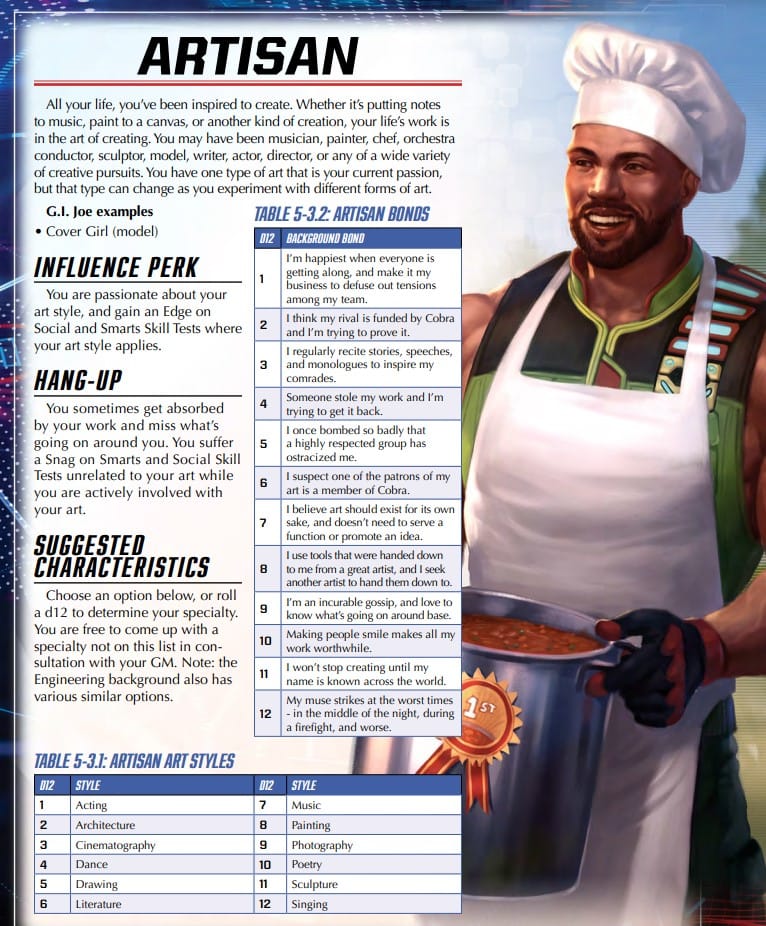
What Are The Player Options For GI Joe: The Roleplaying Game?
As for what kind of characters you can make in GI Joe: The Roleplaying Game, there is plenty to choose from. In addition to Influences like Thrillseeker, Nomad, and Gearhead, there are seven major Squad Roles to pick from. Commandos are your covert ops and infiltration specialists. Infantry are your frontline warriors. Officers are the tactitians and battlefield leaders. Renegades are loose cannons with bad attitudes that are recruited in GI Joe more so they don't get snatched up by Cobra. Rangers are environmental specialists that are must-haves in their field of choice. Technicians are all about electronic and mechanics expertise. Finally, Vanguards are the dedicated brickhouses that are all about drawing focus and tanking shots.
But what is especially impressive is each of these Squad Roles also have three dedicated Role Focuses. These function as subclasses, emphasizing certain specific playstyles within these Roles. Commando's Focuses are Infiltrator which is all about moving around unseen, the self-explanatory Sniper, and the Spy which turns the Joe into a social chameleon.
These player options even expand to what Perks you can pick up at each level. In addition to an Animal Pet Perk, there is a Multiclass Perk. There are some caveats, you can't double up on any named Perk (so no additional Extra Attacks) and you can only pick a Perk from a different Role equal to half your level or lower. Given how highly dedicated and complex this character creation already is, it's a decent compromise.
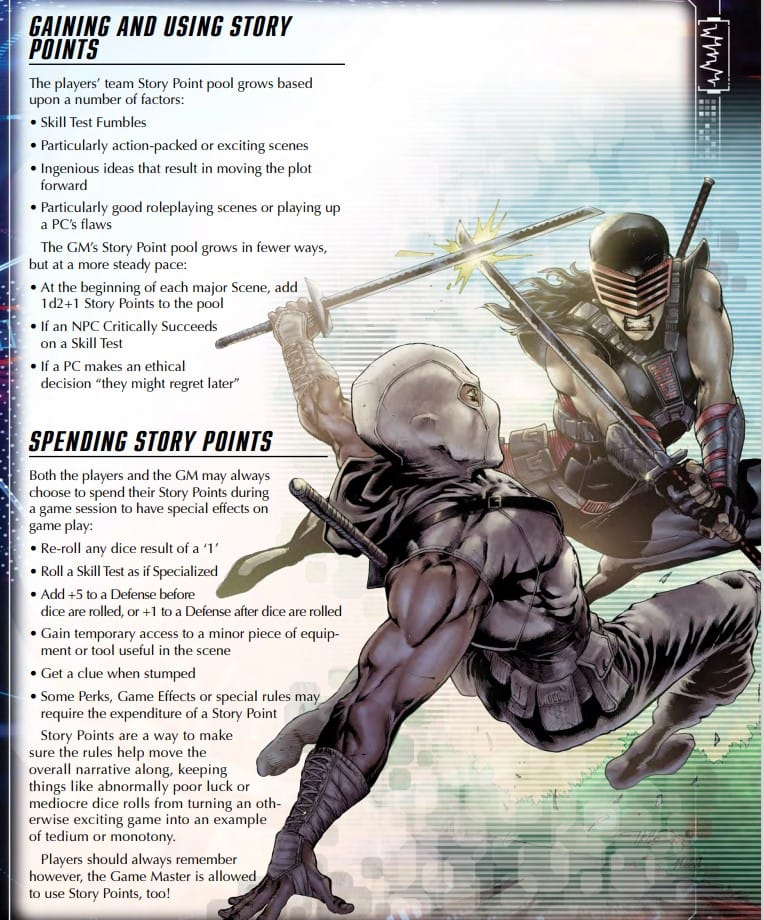
How Easy Is It To Run GI Joe: The Roleplaying Game?
Aside from things absorbed by cultural osmosis, I didn't exactly have comprehensive knowledge of GI Joe. I could tell you the basics and maybe one or two details gleamed from running jokes. But when I sat down to make a campaign with GI Joe: The Roleplaying Game, I was given a crash course in why this franchise has endured for so long. The introduction chapter is written as a speech by the head of GI Joe, General Hawk, and does a great job setting up this covert organization not just as a branch of the American military with less oversight but a global peacekeeping organization specialized in handling terrorists.
This considerate design extends to the Exploration and Threats chapter. As mentioned in my preview, GI Joe: The Roleplaying Game has everything you need to run a campaign all in one book of about 350 pages. Not only are there comprehensive statblocks for Cobra's High Command and their many different lackeys and henchmen, there are examples of various locales and environments you can send the Joes to for their next mission. There are even plot seeds, little creative prompts to get your mind thinking, that accompany each of these locations. These can range from preventing Cobra from collecting the parts needed for a weather dominator to stopping them from recruiting teenagers to their ranks in a metropolitan city. With all of these tools and prompts at your disposal, putting together a campaign wasn't just easy, it was fun.
There are two key areas where GI Joe: The Roleplaying Game can be a bit daunting for new Game Masters. The first is taking into account your players' requisitioning phase. As mentioned before, this is where the group is briefed on the mission and are given an opportunity to make plans and request gear. Prewritten adventures will have a fixed number of requisition requests, but for homemade operations the rule of thumb appears to be three. It's a tricky phase to set up because you want to give your players a heads up of what they will be facing, but you don't want to give away every single surprise.
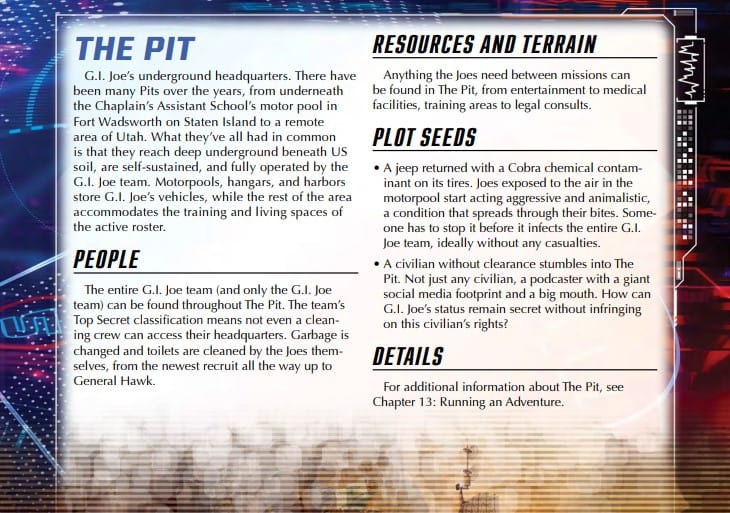
The second key area is presentation and pacing. As mentioned before, GI Joe: The Roleplaying Game takes the luck-based foundation of Essence20 and manages to add some complexity to it. This very complexity spills over into how you build encounters. There's a greater focus on teams of henchmen, standard Cobra troopers have an ability that actively increase the defenses of the guy in charge for example, and there's a bigger demand for spatial reasoning and movement for things like line of sight and area-of-effect explosions.
In some ways, running a narrative scenario of GI Joe: The Roleplaying Game can feel closer to a skirmish-based miniatures game than a TTRPG. But what keeps it from being overwhelming is the system's approachable core. This does mean more complex vehicle combat isn't as involved as you think, aerial combat is still grid-based and doesn't include any fancy manuevers for example, but it does help keep things at a breezy pace. If you're a theater of the mind Game Master, you can manage just fine, but if you prefer maps, miniatures, and terrain, this is a TTRPG that will excite and spark the imagination.
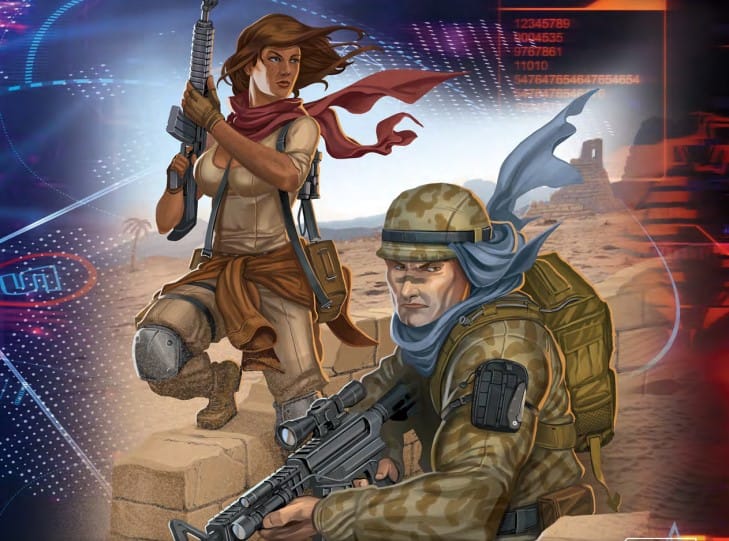
Should I Buy GI Joe: The Roleplaying Game?
If you have fond memories of GI Joe and wanted to fight for freedom over land, sea, and air, then I highly recommend GI Joe: The Roleplaying Game. If you only have a passing knowledge of GI Joe and are more interested in just how flexible Renegade Game Studios' Essence20 system is, I recommend this TTRPG even more. Not only is it a great core rulebook for setting up fun missions of exciting pulp action, it is built with such care that it makes new fans of the GI Joe property. I should know, I'm one of them now. Yo Joe!
The copy of GI Joe: The Roleplaying Game used in this review was purchased by the author.
Review Summary
Have a tip, or want to point out something we missed? Leave a Comment or e-mail us at tips@techraptor.net
